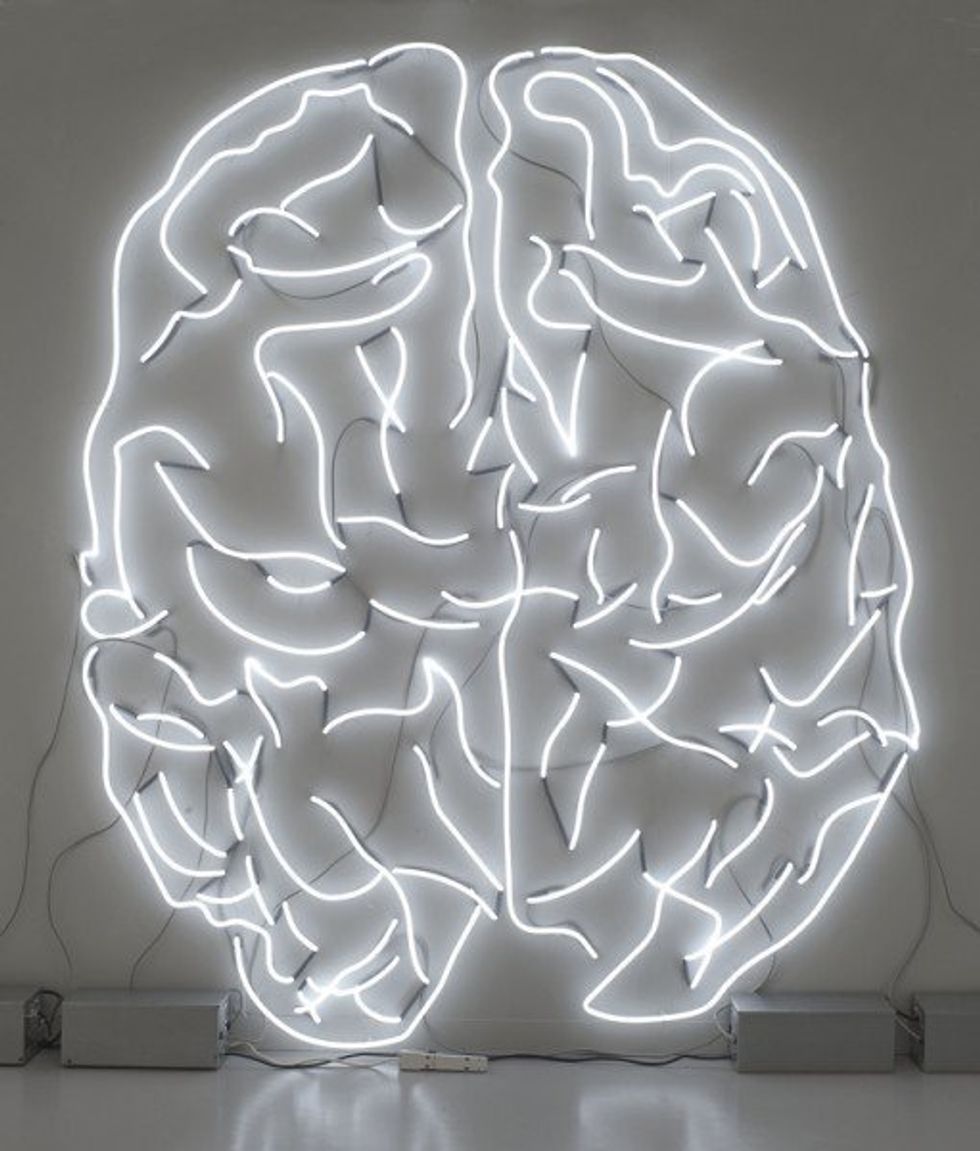The Spaxels Research Initiative aims to formulate and posit many questions related to networks of intelligent, autonomous robots. As of 2012, the term "Spaxel" became synonymous with drones that are illuminated by lights. Aside from unmanned aerial vehicles, Spaxel has another level of significance. Despite these drones' light shows currently taking place in the skies, the space-constructive function of a space element (Spaxel) extends further than that.
In many and varied fields of application, the concept of a swarm, in this or that interpretation, appears to pervade the future. We have been working on Sky Compass at NTT very closely with our show concept. The swarm-based messaging system is used to route visitors and locals in Tokyo 2020 to their destinations using a playful approach. Spaxels Research Initiative intends to formulate and pose many other questions pertaining to networked, intelligent, autonomous robots.
The inception of the Spaxels Research Initiative could therefore be attributed to drones, but that was only the spark that ignited the Future lab and Spaxels coalition with industry and science associates that's making its public debut at this year's Festival. First, Horst Hörtner explains what the Spaxels Research Initiative is all about as well as how it functions.
Spaxels Research Initiative
How will the Spaxels Research Initiative (SRI) address these issues?
Horst Hörtner: A big question is a question that is constantly debated: Do emerge technologies shape our society, or does society shape emerging technologies?
Due to the upcoming technologies, society should focus on this issue! By taking on this rather difficult task, the SRI is allowing more people to become aware of this important issue. The technology is difficult to understand intuitively, so raising awareness isn't easy. Swarms in nature have already been thoroughly studied, analyzed, and modeled by scientists, so the Spaxels were a big step in this direction. This scholarship focuses on the behavior of individuals who act as members of swarms, as seen in videos of thousands of starlings flying in random formations. We totally ignore the underlying infrastructure, along with the purpose of swarm flights, at this point. When starlings do that, why do they do it? It seems that we have not yet found a definitive answer to this question! Our attention is focused primarily on nature, which is an unsightly consequence of our present, limited perspective. As the swarms of the future evolve, so will autonomous systems, powered by advanced artificial concepts, such as artificial intelligence.
Ultimately, this will have an impact on the individuality of the components and their autonomy and their ability to communicate within and among themselves as a group. As human beings, we are prone-or compelled-to mix our infrastructures of the moment with planned developments of the future. In our minds, we picture a future autonomous vehicle driving on a road that currently has an infrastructure of "streets."
This photo is of a future autonomous vehicle and a modern road. An abbreviation of mobility is a person and their car, transporting the concept of mobility from the present to the future. What are our options for overcoming these natural limitations? Since we can't look back on the past from the future, we can't time-travel either. In terms of projects into the future, Hörtner says the constriction is a major problem. In order to overcome this limitation, we must free ourselves from two aspects - scientific-industrial and social.
It will be necessary to create a long-term conceptual perspective that incorporates technological progress and social development in order to free ourselves from a present-day perspective. The mission of Spaxels Research Initiative is centered around this conceptual context. Art, science, and industry collaborate to explore the concepts surrounding swarm-based self-organized systems of society and technology. Rather than focusing on finding answers, we focus on posing the right questions.
Swarm Representation Initiative
Swarm Representation Initiative began as an art project with the Spaxels that brings in swarms to the Futurelab work.
Reflecting on this subject and working with swarms led to the concept of a multi-cellular robotic organism (MCRO), a federation of robots by which an organism can act in a variety of configurations, such as various organs linked via reciprocal feedback.
Artistic swarms (MCROs) aren't the only organization considering the future; on the contrary. Implementation and interpretation of this idea are already underway. In what ways will our society be affected by these future systems?
In addition, I'm also greatly intrigued by the question of swarm intelligence, a topic about which so much is being said at present. I believe that a scholarly investigation of a phenomenon that could be termed swarm stupidity would be much more realistic given the behavior of a growing segment of our society when it comes to public communication (including advertising, social media, and certain aspects of politics) today.
What will we be able to do if autonomous driving becomes the norm?
Is our intelligence-enhanced environment going to lead to us letting go of power, responsibility, and authority? It has been thousands of years since human beings lived in natural environments. How will they adapt to an artificial environment? In an environment where the intelligence is greater or at least more highly networked than humankind? In the Spaxels Research Initiative, this will be one of the questions addressed. The challenge isn't to figure out how each individual cell behaves.
In a robot, functionality is not what the robot does, but rather what the communication between entities results in. The beach cannot be seen by looking at each grain of sand. We can also say that the beach has already accumulated here in the present-namely, the Internet of Things, which is a network of interconnected devices. To put it another way, we're already starting our discussion.
It is, however, of much greater significance than an "artificial swarm" is constituted through robotics and robot mobility, and whether self-driving robots are involved, which I believe is secondary to our society's meaning. So by doing so, machines take center stage in the public realm, which was previously dominated by humans. Robots may soon crisscross the public sphere, with their own agendas. Robotics in the public sphere demand that we recognize their agenda, just as we determine the direction a human pedestrian is heading if we make eye contact with them.







 Photo by
Photo by 

 Photo by
Photo by  Photo by
Photo by  a group of people sitting around a table with laptopsPhoto by
a group of people sitting around a table with laptopsPhoto by  people on beach during daytimePhoto by
people on beach during daytimePhoto by  Photo by
Photo by 








